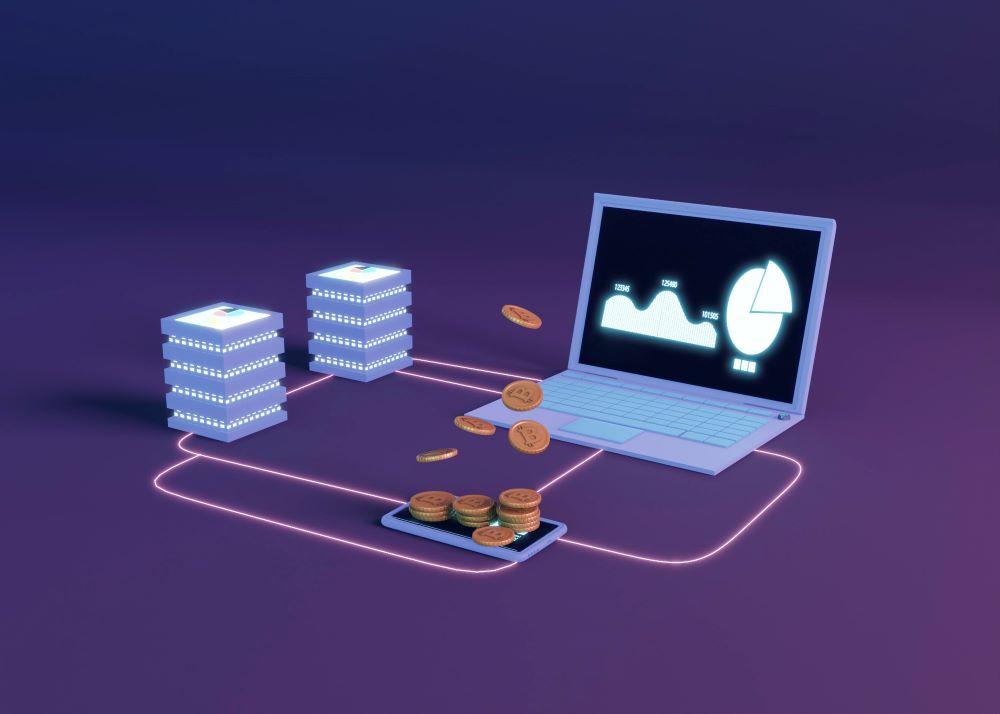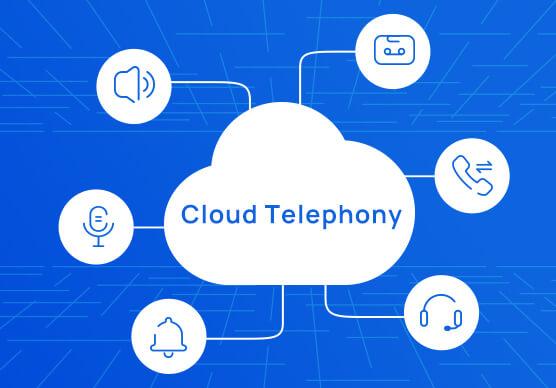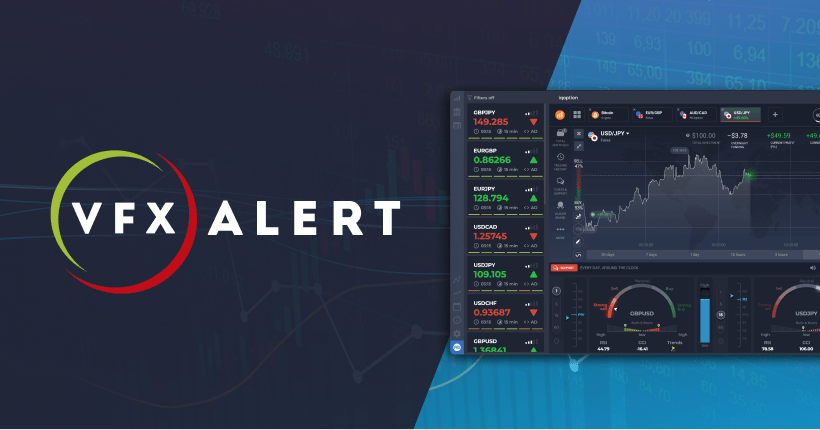In today’s rapidly evolving technological landscape, blockchain has emerged as one of the most transformative innovations. Its decentralized nature, immutability, and transparency make it a powerful tool for various industries, from finance to healthcare and beyond. However, despite its potential, many businesses still struggle to understand how to effectively leverage blockchain technology to develop innovative products. In this comprehensive guide, we will delve into the intricacies of blockchain product development, breaking down the process step by step and providing valuable insights for entrepreneurs, developers, and business leaders alike.
Understanding Blockchain Technology
Before diving into blockchain product development, it’s essential to grasp the fundamental concepts of blockchain technology. At its core, blockchain is a distributed ledger that records transactions across a network of computers in a secure and transparent manner. Each transaction is cryptographically linked to the previous one, forming a chain of blocks, hence the name “blockchain.” This decentralized architecture eliminates the need for intermediaries, such as banks or clearinghouses, reducing costs and increasing efficiency.
Identifying Use Cases
The first step in blockchain product development is identifying suitable use cases for the technology. While blockchain offers numerous benefits, not every problem requires a decentralized solution. Therefore, it’s crucial to analyze your business processes and identify areas where blockchain can add value. Common use cases include supply chain management, identity verification, digital asset management, and decentralized finance (DeFi). By focusing on specific pain points within your industry, you can better tailor your blockchain solution to meet the needs of your target audience.
Selecting the Right Blockchain Platform
Once you’ve identified your use case, the next step is selecting the right blockchain platform for your project. There are several options available, each with its own strengths and weaknesses. The two most popular blockchain platforms are Ethereum and Hyperledger, but there are also emerging alternatives like Polkadot and Solana. When choosing a platform, consider factors such as scalability, security, developer community, and interoperability with other systems. Additionally, evaluate whether you need a permissioned (private) or permissionless (public) blockchain, depending on your use case and regulatory requirements.
Designing the Architecture
With the blockchain platform selected, the next phase of development involves designing the architecture of your product. This includes defining the data structure, consensus mechanism, smart contracts (if applicable), and user interface. When designing the architecture, it’s essential to prioritize security, scalability, and usability. Consider factors such as data privacy, transaction throughput, and network latency to ensure optimal performance. Collaborate closely with your development team to iterate on the architecture and incorporate feedback from stakeholders.
Developing Smart Contracts
Smart contracts are self-executing contracts with the terms of the agreement directly written into code. They automate the execution of transactions and enforce the rules of the blockchain network without the need for intermediaries. When developing smart contracts, it’s crucial to write secure and efficient code to mitigate the risk of vulnerabilities and exploits. Use established programming languages such as Solidity (for Ethereum) or Chaincode (for Hyperledger) and follow best practices for smart contract development, such as code reviews and testing.
Implementing Consensus Mechanism
The consensus mechanism is a crucial component of any blockchain network as it determines how transactions are validated and added to the ledger. Common consensus mechanisms include Proof of Work (PoW), Proof of Stake (PoS), and Delegated Proof of Stake (DPoS). Each mechanism has its own advantages and trade-offs in terms of security, scalability, and energy efficiency. Choose the consensus mechanism that best aligns with your project’s requirements and objectives, keeping in mind factors such as decentralization and network governance.
Testing and Quality Assurance
Testing is an integral part of the blockchain development process to ensure the reliability, security, and performance of your product. Implement rigorous testing procedures, including unit testing, integration testing, and end-to-end testing, to identify and address any bugs or vulnerabilities. Additionally, conduct security audits to assess the resilience of your smart contracts and network infrastructure against potential attacks. Engage with external auditors and security experts to provide independent validation of your product’s security posture.
Deployment and Maintenance
Once your blockchain product has been thoroughly tested and validated, it’s time to deploy it to the production environment. Coordinate with your operations team to configure the necessary infrastructure and deploy the smart contracts and client applications to the blockchain network. Monitor the performance and health of the network closely, implementing updates and patches as needed to ensure ongoing stability and security. Additionally, provide ongoing support and maintenance to address any issues or concerns raised by users and stakeholders.
Conclusion
In conclusion, blockchain product development is a complex and iterative process that requires careful planning, execution, and maintenance. By following the steps outlined in this guide and leveraging best practices from the industry, you can increase the likelihood of success and create innovative solutions that drive value for your business and your customers. Remember to stay abreast of the latest developments in blockchain technology and continuously iterate on your product to stay ahead of the curve. With dedication, creativity, and a strategic mindset, you can unlock the full potential of blockchain and revolutionize your industry.






